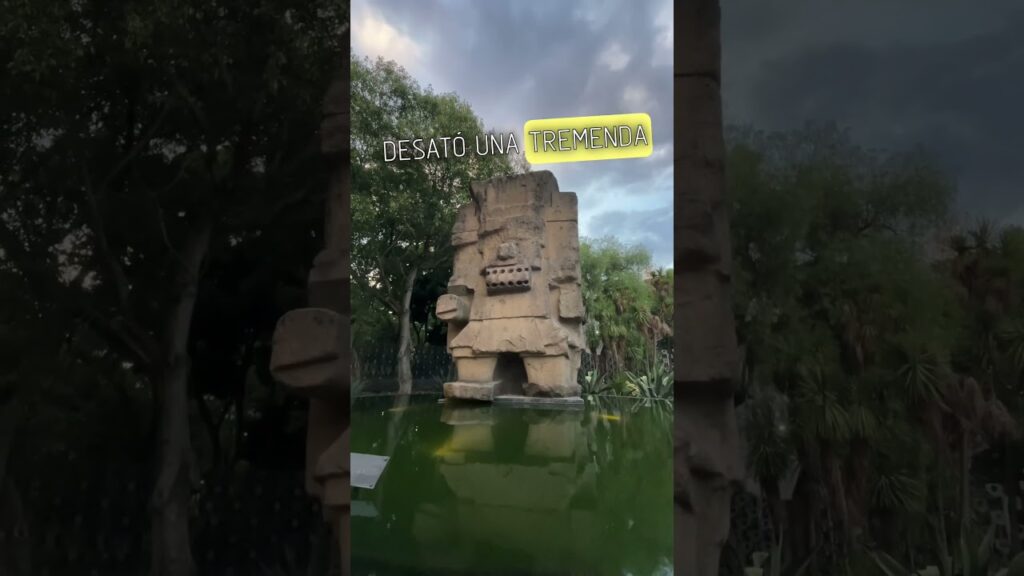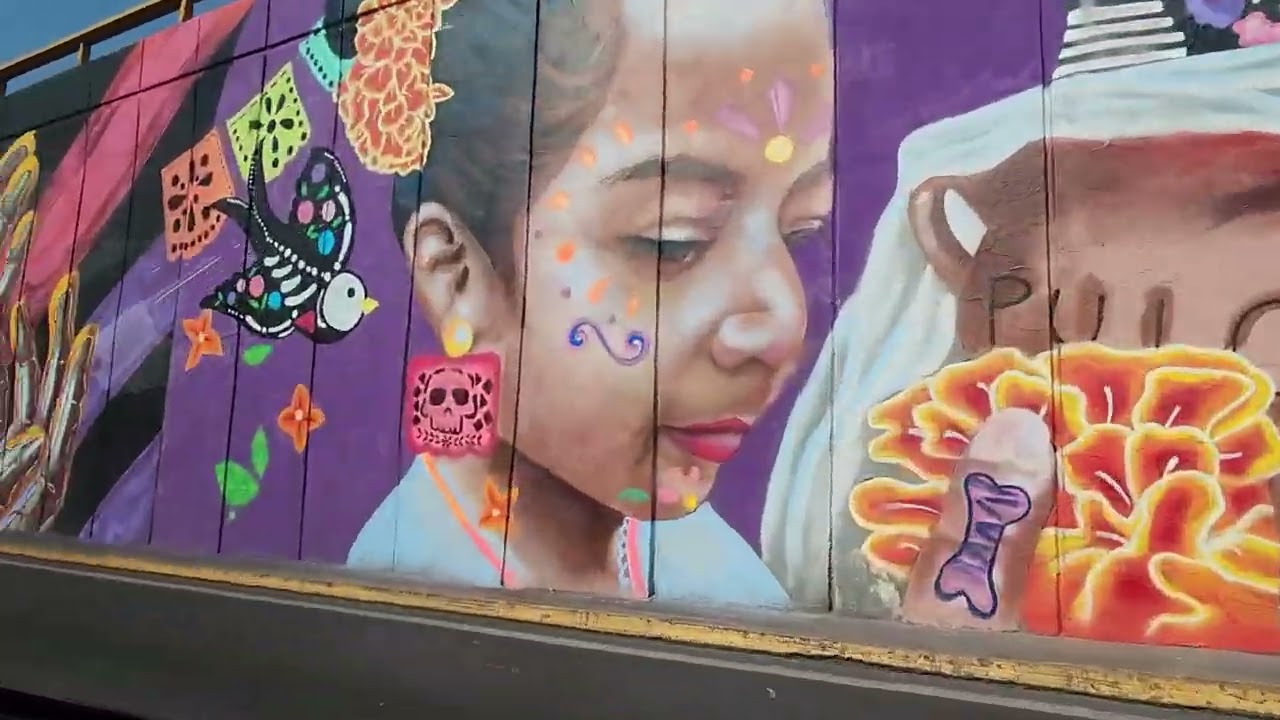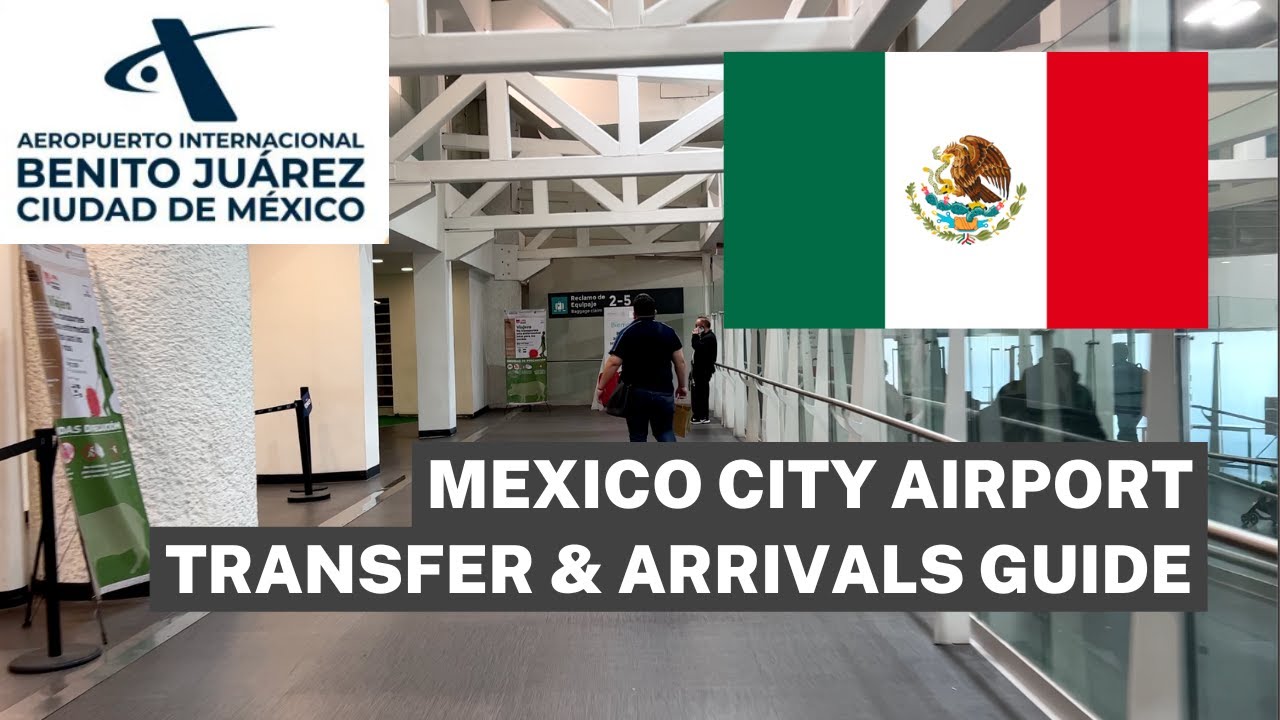The Route: From AICM to Museo Nacional de Antropología
Traveling from Mexico City International Airport (AICM) to the Museo Nacional de Antropología is a straightforward journey that offers several convenient options. Whether you choose to take a taxi, use public transportation, or rent a car, understanding the route can help you optimize your travel time and ensure a smooth transfer.
If you opt for a taxi or ride-share service, the route typically involves taking the Circuito Interior or Periférico to reach Paseo de la Reforma, heading north toward Chapultepec Park. The museum is located within the Chapultepec Park area, making it easily accessible from major roads. The drive usually takes around 20 to 30 minutes, depending on traffic conditions.
For those using public transportation, the Metro offers a cost-effective option. You can take Line 5 from the Terminal Aérea station, which is directly accessible from the airport, toward Pantitlán. Transfer at the La Raza station to Line 3, heading westbound, and disembark at Hidalgo or Chapultepec stations, both within walking distance of the museum. Alternatively, the Metrobus and RTP bus services connect the airport area to central zones, providing additional options for a scenic and economical route.
Regardless of your chosen method, it’s advisable to plan your route ahead of time, especially during peak hours, to avoid delays. Clear signage and well-maintained roads make the journey from AICM to the Museo Nacional de Antropología both efficient and comfortable for visitors arriving in Mexico City.
Traffic Insights: Navigating Mexico Citys Congestion
Traffic Insights: Navigating Mexico City’s Congestion
Mexico City is renowned for its vibrant culture and bustling streets, but navigating its traffic congestion can be a challenge for both locals and visitors. Understanding peak traffic hours, which typically occur during weekday mornings from 7:00 AM to 10:00 AM and late afternoons from 4:00 PM to 8:00 PM, is essential for planning your travel routes effectively. During these times, major avenues such as Paseo de la Reforma and Insurgentes Avenue experience significant delays, impacting commute times across the city.
To better navigate Mexico City’s congested streets, its helpful to utilize real-time traffic data through mobile apps and GPS services. These tools provide live updates on traffic conditions, accidents, and road closures, enabling you to choose alternative routes and avoid gridlock. Additionally, understanding the city’s extensive public transportation network, including the Metro, Metrobús, and RTP buses, can offer efficient alternatives to driving during peak hours.
Moreover, some areas, like the historic center and Polanco, tend to have higher congestion levels due to dense commercial activity and tourism. Planning your trips outside of these zones during busy times or opting for early morning or late evening visits can significantly reduce travel stress. Being aware of these traffic patterns and utilizing available resources will help you navigate Mexico City’s congestion more smoothly.
Landmarks Along the Way
As you journey through this scenic route, youll encounter a variety of iconic landmarks that highlight the region’s rich history and cultural significance. These sites serve as perfect photo opportunities and offer a deeper understanding of the areas heritage. Make sure to pause at each one to appreciate their unique architecture and stories.
Historic Sites and Architectural Wonders
Among the most notable landmarks are historic buildings and monuments that date back centuries. These include centuries-old churches, stately mansions, and ancient ruins that have been preserved for generations. Each structure reflects the architectural styles of different eras, providing a visual timeline of the regions development.
Natural Landmarks and Scenic Views
In addition to man-made structures, the route features stunning natural landmarks. Look out for towering cliffs, lush parks, and serene lakes that enhance the scenic beauty of the journey. These natural wonders not only provide breathtaking vistas but also serve as important ecological sites.
- Famous Monuments: Recognizable symbols of the area’s history and culture.
- Scenic Overlooks: Perfect spots for panoramic views and photography.
- Historic Town Centers: Vibrant areas filled with shops, cafes, and local charm.
My Arrival Experience at the Museo Nacional de Antropología
Walking up to the Museo Nacional de Antropología, I was immediately captivated by the impressive architecture that seamlessly blends modern design with traditional Mexican elements. The grand entrance, flanked by lush greenery and welcoming signage, set the tone for an enriching cultural journey ahead. As I approached, I appreciated the accessibility features, making the museum inviting for all visitors.
Upon entering, I was greeted by a spacious and well-organized lobby that exuded a sense of anticipation. The friendly staff provided clear directions and helpful information, enhancing my overall experience from the very beginning. The museums strategic location in Chapultepec Park made it easy to access, whether arriving by public transportation or car, with ample parking and nearby amenities.
The initial impressions of the museums exterior and interior design created a sense of excitement and curiosity. The clean, modern aesthetic combined with traditional motifs reflected the museums dedication to showcasing Mexicos rich cultural heritage. This thoughtfully designed environment made my arrival smooth and set a positive tone for exploring the diverse exhibits within.
Personal Reflection and Final Tips
Taking the time to reflect on your journey allows you to recognize your growth, understand your strengths, and identify areas for improvement. Personal reflection encourages mindfulness about your experiences, helping you appreciate the progress youve made and motivating you to continue pushing forward. It’s essential to be honest with yourself during this process, acknowledging both successes and challenges without judgment.
When engaging in personal reflection, consider asking yourself questions such as:
- What lessons have I learned from this experience?
- What strategies worked best for me?
- Where can I improve or adapt my approach?
These insights can serve as valuable guidance for future endeavors, ensuring continuous development. Remember, reflection is an ongoing process, so make it a regular habit to stay aligned with your goals and values.
For final tips, prioritize consistency and self-compassion. Celebrate your achievements, no matter how small, and be patient with setbacks. Keep a journal or record of your progress to track patterns and gains over time. Stay adaptable, maintain a positive mindset, and always be open to learning from every experience. These practices will help reinforce your growth and set a solid foundation for future success.


